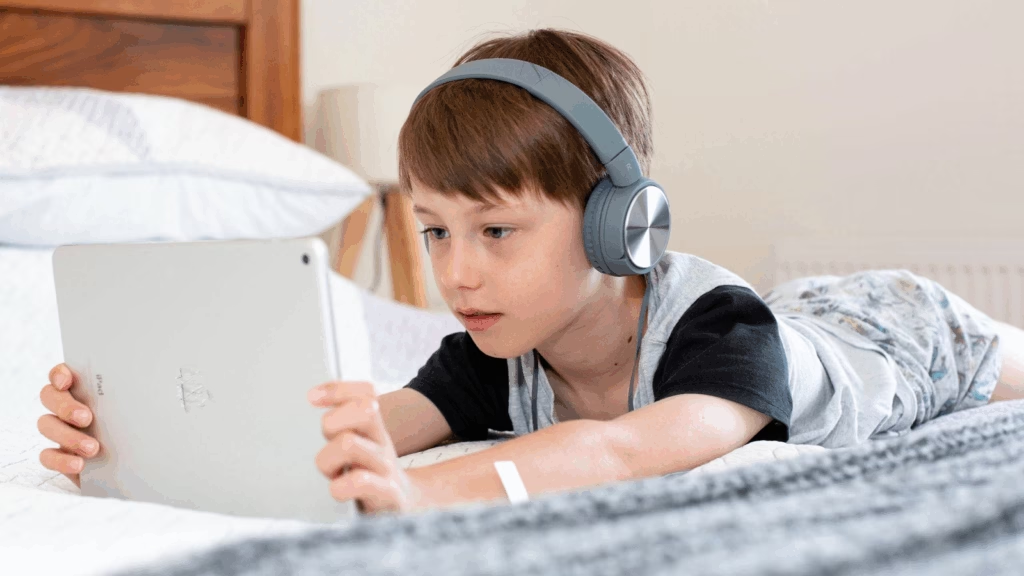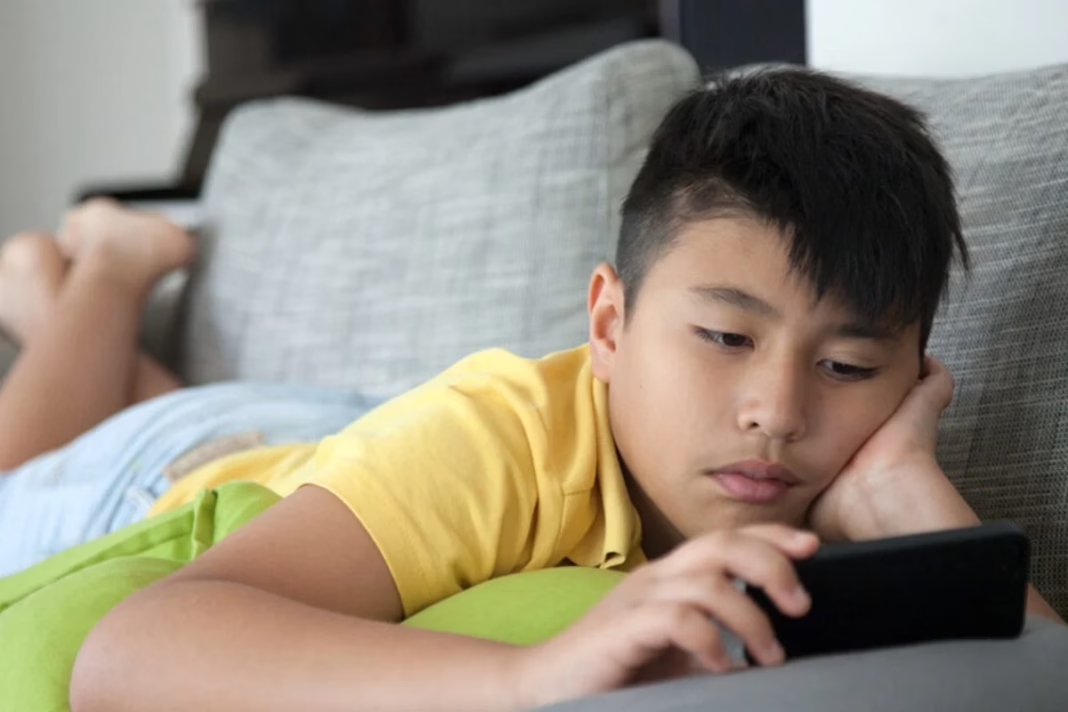Every parent today faces a tricky challenge: how to balance a child’s digital world with their real one. The concern becomes more serious when a child struggles with attention difficulties or sensory overload. A recent viral discussion has brought expert voices into focus, showing why healthy digital boundaries matter for children living with ADHD and autism.
5 Expert-Backed Strategies to Regulate Screen Time Effectively
Parents often search for simple yet effective steps to make digital use manageable for their children. Hindustan Times published an article on August 31, 2025, that shared strategies recommended by neurologist Dr Sonam Kothari. These tips explained how to create structured routines, use technology positively, and encourage healthy alternatives.

Dr Kothari further shared the following practical methods to support families:
- A game plan with a visual schedule: A clear visual schedule helps children know exactly when screen time starts and ends.
- Using screens as a reward for work and play: Linking screen use to complete tasks helps balance digital fun with daily responsibilities.
- Becoming a content curator and co-pilot: Monitoring content choices and co-viewing turns screen time into a bonding and learning experience.
- Setting up screen-free areas and times: Creating no-screen zones during meals or in bedrooms promotes conversation and better sleep.
- Keeping a list of fun alternatives handy: Simple offline activities like painting, music, or building games give children engaging screen-free options.
Understanding the Unique Screen Challenges of ADHD and Autism
Children with ADHD and autism face unique struggles when exposed to unlimited digital content. Their brains process information differently, making them more prone to overstimulation. Screen time management for children with ADHD often becomes harder because distractions appear more tempting.
Screen time strategies for autism also need adjustments since sensory inputs can quickly overwhelm. Without set boundaries, children may resist breaks, making it difficult to shift toward real-world activities or family interactions.
How Excessive Screen Use Impacts Emotional and Cognitive Development?
Experts warn that excessive use can harm both emotional health and learning ability. Long hours reduce attention span, making focus during schoolwork more difficult. Disrupted sleep patterns become common when children use screens late into the night.
Increased anxiety and irritability often follow because their minds remain overstimulated. Over time, excessive exposure may slow social learning and problem-solving. Effective ADHD screen time control is important to lower these risks and allow healthy growth.
The Role of Parents in Creating Balanced Digital Habits
Parents play a central role in shaping healthy routines around technology. Setting consistent rules about when and how devices can be used builds discipline. Children often copy behaviours they see, so adults limiting their own device use sends a strong signal.
Regular family activities without gadgets help reduce reliance on screens. This balanced approach encourages cooperation while making screen time strategies for autism and ADHD screen time plans more effective in daily life.
Expert Insights on Building Healthier Offline Alternatives
Experts suggest replacing excess digital hours with meaningful offline experiences. Physical activities like cycling or walking improve attention and reduce stress. Creative hobbies such as painting or building blocks strengthen imagination while lowering screen dependency.
Social interaction with friends and family also provides vital emotional growth. These alternatives bring joy, encourage movement, and make children less dependent on screens. Such practical methods support ADHD screen time management and strengthen screen time strategies for autism.
Balanced digital use requires planning, alternatives, and active parenting. Experts stress structure, rewards, and shared activities for healthier habits.


